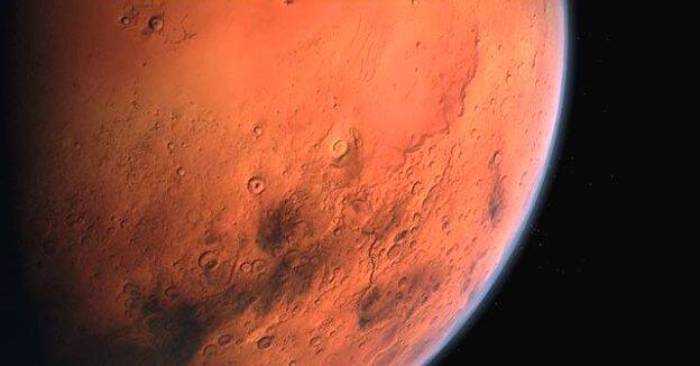Chandrayaan-1’s Surprising Discovery: Earth’s Electrons Play a Role in Moon’s Water Formation

Data collected by India’s Chandrayaan-1 mission has unveiled a significant revelation: the presence of water on the Moon is influenced by electrons within Earth’s protective plasma sheet. Hydroxyl particles, essential components of lunar water, were initially detected by the Chandrayaan-1 probe launched in 2008. However, it was American scientists who, after analyzing the data, unveiled the process by which these water particles are generated.
The study, led by Shuai Li, an associate professor and researcher at UH Manoa School of Ocean, was recently published in the journal Nature Astronomy. Their breakthrough was achieved by scrutinizing data transmitted by the Moon Mineralogy Mapper instrument on Chandrayaan-1.
The Earth’s magnetosphere serves as a protective shield against space weather and solar radiation. Within this protective layer lies a plasma sheet, characterized by high temperatures and an abundance of energetic particles. As the solar wind fluctuates, the plasma sheet transforms and extends into long, comet-like magnetic flares. During the Moon’s journey through these magnetospheres, electrons and ions from the plasma sheet collide with the lunar surface at velocities exceeding the speed of sound.
Through their research, American scientists unveiled that these impacts lead to the formation of water particles on the Moon. Moreover, the data from the Moon Mineralogy Mapper on Chandrayaan-1 also disclosed the presence of oxygen alongside water in the lunar polar regions. The existence of oxygen was confirmed by the detection of traces of rust within lunar iron.






